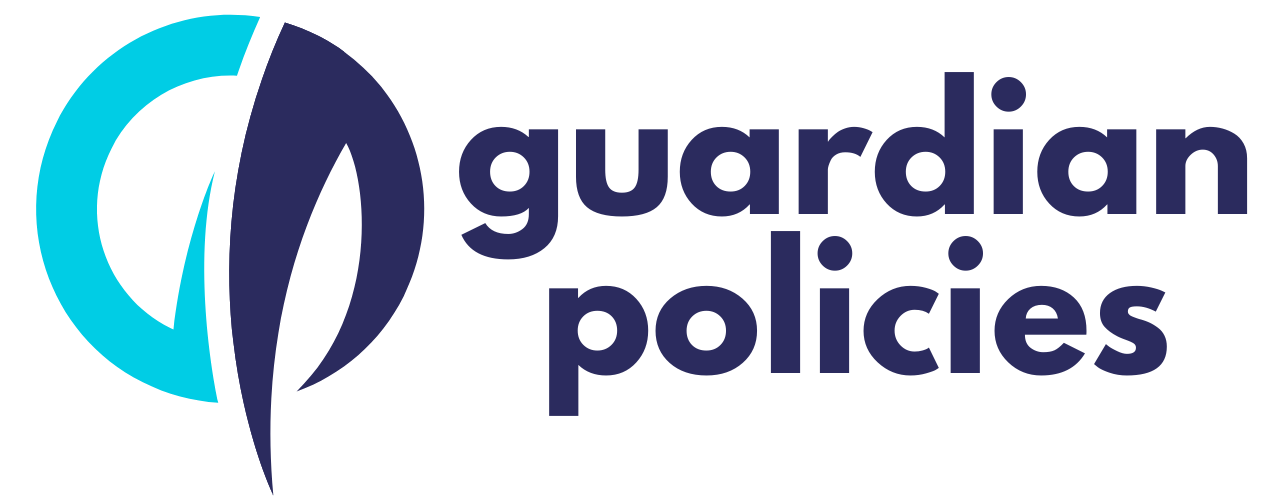
Preparing for Retirement Essential Financial Steps to Take in Your 40s and 50s
Preparing for retirement is a vital aspect of financial planning, especially as you enter your 40s and 50s. These are the critical years to solidify your financial future and ensure a comfortable and secure retirement. Here are essential financial steps to take, focusing on savings strategies, investment options, and insurance considerations.
1. Maximize Retirement Savings
1.1. Contribute to Retirement Accounts
- 401(k) Plans: Maximize contributions to your employer-sponsored 401(k) plan, especially if your employer offers matching contributions. For 2024, the contribution limit is $22,500, with an additional catch-up contribution of $7,500 for those aged 50 and older.
- IRAs: Contribute to Individual Retirement Accounts (IRAs). The limit for 2024 is $6,500, with an additional $1,000 catch-up contribution for those aged 50 and older.
1.2. Consider Roth Accounts
- Roth IRAs and Roth 401(k)s: Roth accounts offer tax-free withdrawals in retirement. If you expect to be in a higher tax bracket in retirement, these can be advantageous.
1.3. Automate Contributions
- Set up automatic contributions to your retirement accounts to ensure consistent saving. Increasing contributions gradually over time can significantly boost your retirement savings.
2. Diversify Your Investments
2.1. Assess Your Risk Tolerance
- As you approach retirement, it's crucial to balance risk and return. Evaluate your risk tolerance and adjust your investment portfolio accordingly.
2.2. Diversify Across Asset Classes
- Stocks: Maintain a portion of your portfolio in stocks for growth potential. As a rule of thumb, a decreasing percentage in stocks as you age can reduce risk.
- Bonds: Bonds provide stability and income. Increase your allocation to bonds to reduce volatility.
- Real Estate: Consider investing in real estate for diversification and potential income through rental properties or Real Estate Investment Trusts (REITs).
2.3. Rebalance Your Portfolio
- Regularly review and rebalance your portfolio to maintain your desired asset allocation. This ensures your investments align with your risk tolerance and retirement goals.
3. Reduce Debt
3.1. Pay Down High-Interest Debt
- Focus on eliminating high-interest debt, such as credit card balances, as soon as possible. This frees up more money for retirement savings and reduces financial stress.
3.2. Manage Mortgage Debt
- Aim to pay off your mortgage before retirement. This can significantly reduce your living expenses and provide financial security in your retirement years.
4. Plan for Healthcare Costs
4.1. Health Savings Accounts (HSAs)
- If you have a High Deductible Health Plan (HDHP), contribute to a Health Savings Account (HSA). HSAs offer triple tax benefits: tax-deductible contributions, tax-free growth, and tax-free withdrawals for qualified medical expenses.
4.2. Long-Term Care Insurance
- Consider purchasing long-term care insurance to cover potential costs of long-term care services, which are not covered by traditional health insurance or Medicare.
4.3. Evaluate Medicare Options
- As you approach 65, familiarize yourself with Medicare options and supplemental plans. Choosing the right coverage can significantly impact your healthcare costs in retirement.
5. Create a Retirement Budget
5.1. Estimate Retirement Expenses
- Calculate your expected expenses in retirement, including housing, healthcare, food, travel, and leisure. This helps you determine how much income you will need.
5.2. Adjust Lifestyle Expectations
- Be realistic about your lifestyle in retirement. Adjusting your expectations and living within your means can help ensure your savings last throughout your retirement.
5.3. Plan for Inflation
- Factor in inflation when estimating your retirement expenses. The cost of living will likely increase over time, so your retirement income should keep pace with inflation.
6. Protect Your Wealth
6.1. Review Your Insurance Policies
- Ensure you have adequate life insurance coverage to protect your family. As your needs change, consider adjusting your policy to align with your current situation.
6.2. Estate Planning
- Create or update your will and establish a trust if necessary. Ensure beneficiaries are correctly designated on all accounts and policies. Consider consulting an estate planning attorney for comprehensive advice.
6.3. Consider Annuities
- Annuities can provide a steady income stream in retirement. Evaluate different types of annuities and consider incorporating them into your retirement plan if they align with your financial goals.
7. Seek Professional Advice
7.1. Financial Advisors
- Consult with a financial advisor to develop a comprehensive retirement plan tailored to your specific needs and goals. A professional can help you navigate complex decisions and optimize your financial strategy.
7.2. Tax Advisors
- Work with a tax advisor to minimize your tax burden in retirement. Strategic tax planning can enhance your retirement income and preserve your wealth.
Conclusion
Preparing for retirement in your 40s and 50s requires proactive and strategic financial planning. By maximizing your retirement savings, diversifying your investments, reducing debt, planning for healthcare costs, creating a retirement budget, protecting your wealth, and seeking professional advice, you can ensure a comfortable and secure retirement. Start taking these essential steps today to build a solid foundation for your future and enjoy peace of mind as you approach your golden years.All Categories
Recent Posts
guardianpolicies0 Comments
Preparing for Retirement Essential Financial Steps to Take in Your 40s and 50s
guardianpolicies0 Comments
The Impact of Credit Scores on Insurance Premiums What You Need to Know
guardianpolicies0 Comments




